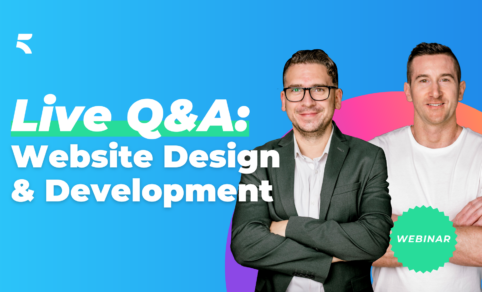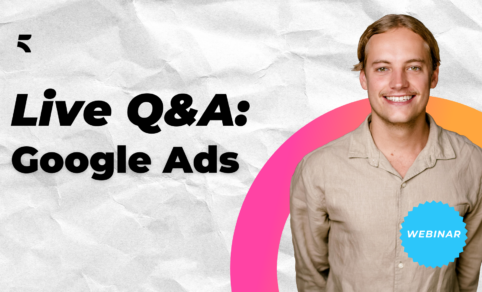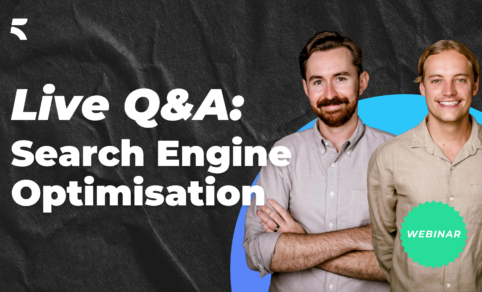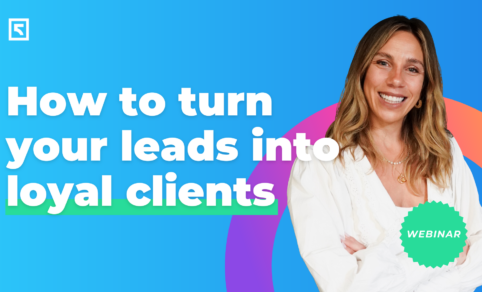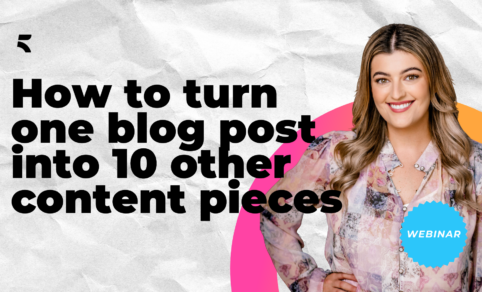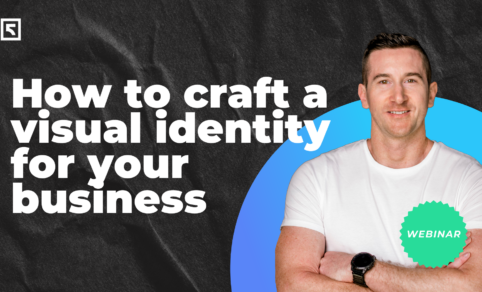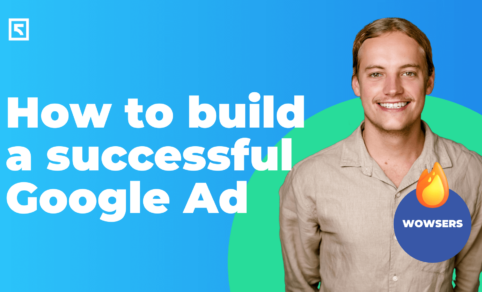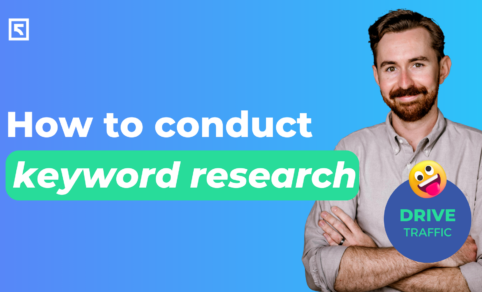Is investing in a Google Ads strategy part of your digital marketing plan in 2024?
We’ve been successfully generating a 700% ROI on our Google Ads for the last 12 months and we’re not gatekeeping our secrets to achieve this!
In this month’s Lunch & Learn webinar, we looked at the nine different types of Google Ads and used cases for each. Jon, our Founder, and Oliver, our Head of SEO & PPC, shared their insights and expertise as they walked you through a step-by-step guide to setting up a successful Google Ads campaign. Catch the replay below.
At Five by Five, we build great-looking, high-performing websites, and are known as one of the Gold Coast & Australia’s leading WordPress web design & SEO agencies. We have nearly two decades of experience in the web design industry. If you or your business need a new, high-performing digital solution, then contact us today and find out why we have 200+ 5* Google reviews.
What are Google Ads?
Before diving into the nitty-gritty of building a Google Ads campaign, it’s important to understand what Google Ads are and how they work.
Google Ads, formerly known as Google AdWords, is Google’s online advertising platform that allows businesses to display ads on Google’s search engine results pages (SERPs) and across its vast network of partner websites.
With Google Ads, businesses can target specific keywords, demographics, and geographic locations to reach potential customers searching for their product or service. This platform operates on a pay-per-click (PPC) model (ie. you only pay when users click on your ads), making it a cost-effective, measurable and scalable advertising solution.
Types of Google Ads
Google Ads offers a range of campaign types, including search ads, display ads, video ads, and shopping ads, each serving different purposes to support a variety of business and marketing goals.
Let’s take a look at some of the more common ad formats, and the business goals or objectives they are best suited for.
Search Ads
Search ads are probably the most familiar and widely used ad format. These are the text-based ads you see at the top or bottom of Google search results when you search for specific keywords or phrases. These ads are highly effective for capturing potential customers who are actively searching for products or services related to your business. With search ads, you can target specific keywords, set your budget, and pay only when someone clicks on your ad.
Display Ads
Display ads are visual ads that appear on websites within Google’s Display Network, which includes millions of websites, apps, and videos across the internet. Those banner ads at the top and sides of your favourite news website or digital magazine articles? Display ads. They can take the form of images, videos, or even interactive media and are a great way to increase brand awareness, reach a broader audience, and drive traffic to your website. Display ads allow you to target users based on their unique interests, demographics, and browsing behaviour.

Local Services Ads
A local services ad is a type of Google Ads campaign designed specifically for service-based businesses that operate within a specific geographic area. These ads are featured at the top of Google search results when you search for specific services in your local area. Local services ads are distinct from other types of Google Ads in that they focus on connecting potential customers with local service providers quickly and efficiently.

Video Ads
Video ads appear on YouTube and other video-sharing platforms within Google’s network. These ads can be in-stream ads that play before, during, or after a video, or they can be displayed alongside the video content. Video ads are perfect for engaging audiences with compelling visual storytelling, showcasing products or services in action, and driving conversions.
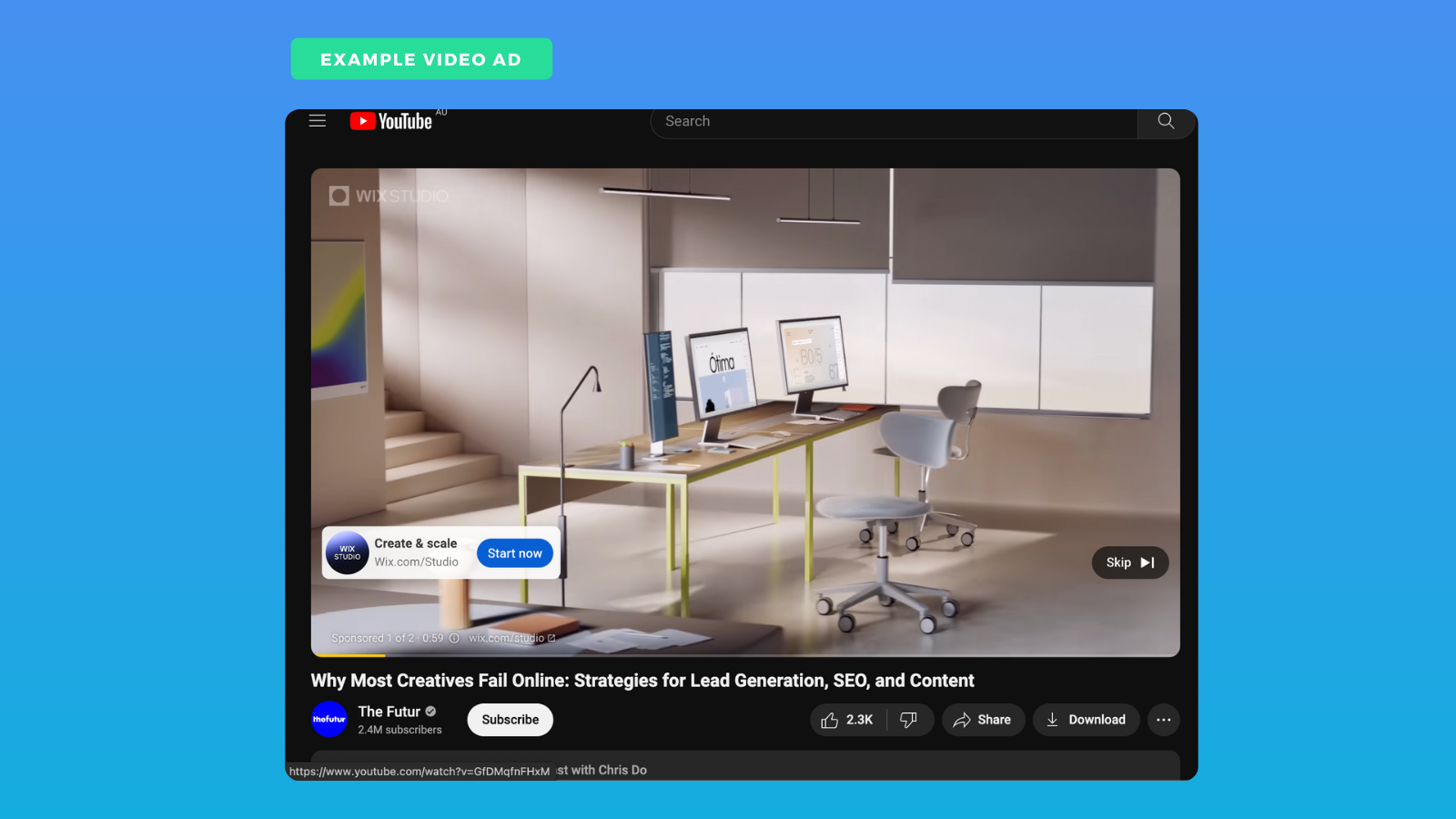
Shopping Ads
Shopping ads, also known as product listing ads (PLAs), are ads that showcase products from your online store directly within Google search results. These ads include an image, title, price, and other relevant information, making it easy for users to compare products and make purchasing decisions. Shopping ads are ideal for e-commerce businesses looking to promote their products and drive sales.

A step-by-step guide to building your Google Ads campaign
Now that you have a better understanding of the types of digital ads available, let’s start building a Google Ads campaign.
- Sign in to Google Ads: Visit the Google Ads website and sign in with your Google account credentials. If you don’t have an account, you’ll need to create one.
- Navigate to campaign creation: Once signed in, click on the “+ Campaigns” button to start creating a new campaign.
- Select your campaign goal: Choose the goal that aligns with your advertising objectives. For a Search Campaign, select “Leads,” “Website traffic,” or “Sales” depending on your primary goal.
- Choose your campaign type: Select “Search” as the campaign type. This option allows your ads to appear on Google search results pages when users search for keywords related to your business.
- Adjust the campaign settings: Enter a campaign name that reflects your business or campaign objectives. Choose your desired location targeting to reach users in specific geographic areas. Then, set your campaign budget and bidding strategy. You can choose between “Standard” or “Enhanced” CPC bidding depending on your preference for manual or automated bidding. Once you’ve specified the start and end dates for your campaign (or leave it ongoing if there’s no end date), hit next.
- Create ad groups: Organise your campaign by creating ad groups based on themes or categories relevant to your business. Each ad group should focus on a specific set of keywords.
- Nail your keyword research: Conduct thorough keyword research to identify relevant keywords that potential customers might use when searching for products or services like yours. Use tools like Google Keyword Planner or SEMrush to discover keywords with high search volume and low competition.
- Write engaging ad copy: Craft compelling ad headlines and descriptions that are relevant to each ad group’s keywords. Highlight key selling points, unique value propositions, and strong calls-to-action to encourage clicks.
- Set up any useful ad extensions: Utilise ad extensions to provide additional information to users and enhance the visibility of your ads. Include extensions such as sitelinks, callouts, location extensions, and call extensions to make your ads more informative and engaging.
- Set up conversion tracking: This is the crucial step that allows you to measure the effectiveness of your ads in driving valuable actions on your website, such as form submissions, phone calls, or purchases. Install the Google Ads conversion tracking tag on your website to track conversions accurately.
- Review and launch: Review your campaign settings, ad groups, keywords, ad copy, and extensions to ensure everything is set up correctly. Once you’re satisfied with your campaign setup, click the “Save and Continue” button to launch your campaign.
- Monitor and optimise: Make sure you consistently monitor the performance of your ads and make adjustments as needed to improve results. Analyse key metrics such as click-through rate (CTR), conversion rate, and return on ad spend (ROAS) to identify areas for optimisation. Test different ad variations, keywords, and bidding strategies to see what performs best and refine your campaign accordingly to get the best return on your ad spend over time.
Check out a demo below!
Different types of Google Ads
How to build a Google Ad
DIY Google Ads vs. working with an agency
In the webinar, we showed you just how quick it is to set up a campaign. Google has made their ads process relatively straightforward, so that any business can access the benefits of its advertising platform. If you have a decent marketing budget and the time to invest in learning how to optimise your ads by yourself, it’s a fantastic way to get your business in front of more eyes.
If, however, you want to make sure your ad spend isn’t just going down the drain (which we have seen too many times with DIY-ers), and you want to save yourself wasted time and endless headaches, you need an expert.
The expertise and experience offered by an agency can make all the difference in achieving success. Our team, for example, actually helps you to define what success looks like for your unique business. We conduct keyword research and identify the best keywords and search terms to target, ensuring your ads reach the right audience and get them to click. We structure, build out and write campaigns based on decades of experience across dozens of industries. It’s this expertise and finesse that not only saves you time and money, but absolutely supercharges your return on investment.
And it’s not just about the ads themselves. Creating the campaign is one thing, but crafting high-converting ad copy that drives urgency and encourages conversions? Designing landing pages that match the ad messaging and are optimised for conversions. Interpreting vast amounts of data and turning this into actionable insights? That’s a whole other ball game – one we dominate in, day in and day out.

If you’re ready to take your digital marketing to the next level with Google Ads, get in touch today for a hassle-free, zero-obligation consultation with one of our digital strategists.




